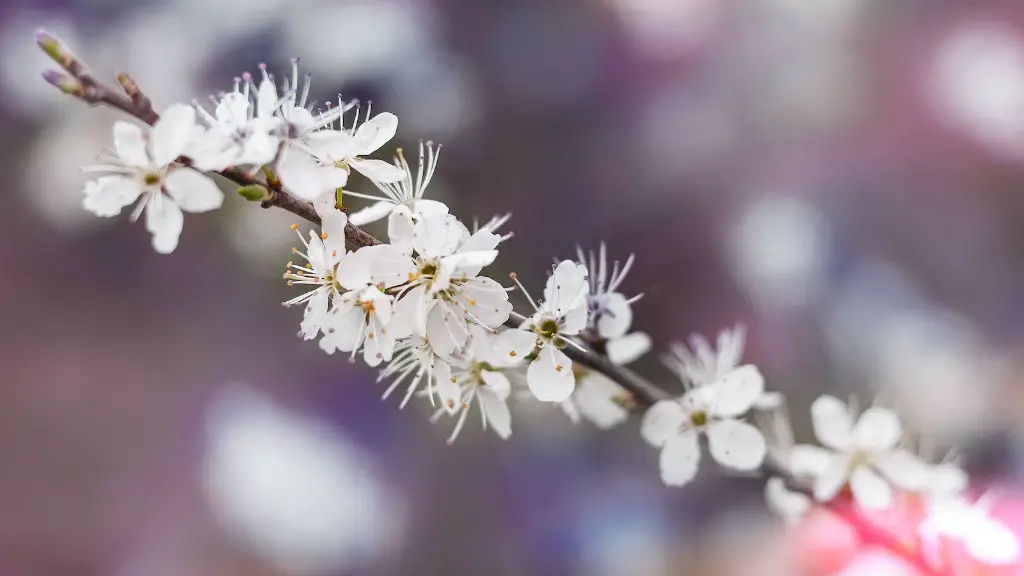Plant Identification
Identifying a cherry blossom tree requires some knowledge about the particular species of this tree. The first step to take is to check the leaf shape and size. Cherry blossom trees typically have small, oval-shaped leaves with pointed ends, but some species can also have broad and toothed leaves. The colour of the leaves varies according to the species, but they are usually a shade of green in the summer months and yellow or orange in the fall. In addition to the leaves, examine the bark of the tree. Most cherry blossom trees have reddish-brown bark, while others have darker or even grey bark.
flowering Patterns
Cherry blossom trees are particularly known for the beautiful flowers they produce. Depending on the species, these flowers can be white, pink, or some other type of pastel colour. This is why it is important to check the blossoms upon first inspection. Generally, cherry blossom trees will bloom from late winter to early spring, and the blooming period may only last for a few days. The flowers have five petals and a yellow center.
Fruit Formation
The last way to identify a cherry blossom tree is to look at the fruit. Depending on the species, the fruit will be small, round, and red, or even bigger and yellow or orange. The fruit will typically ripen in the summer months. It is important to note that only certain species of cherry blossom trees actually produce fruit.
Position and Climate
When looking for a cherry blossom tree, it is important to take into consideration where it is located and the climate of the area. Most cherry blossom trees prefer sunny locations with plenty of sunlight, so avoiding shady areas is advised. Additionally, certain species of cherry blossom trees are better adapted to particular climates, so this should be taken into consideration when looking for a tree.
Expert Opinion
When it comes to identifying a cherry blossom tree, it is best to seek the advice of an expert. Experts in the field of botany can identify a tree based on its size, shape, and the characteristics of its leaves and bark. They can also tell you what type of climate the tree needs and whether or not it will be able to thrive in a specific location. This is why consulting with a professional is often the best way to identity a cherry blossom tree.
Location Sources
In addition to consulting with a botanist, it is also helpful to do some research about the tree’s location. If the tree is located in a public park or other public property, you can contact the park or property’s manager for more information. Additionally, you can search online for information about cherry blossom trees and their preferred growing conditions. Either way, identifying a cherry blossom tree is possible if you have the right information.
Tree Care
Once a cherry blossom tree has been identified, proper care will be necessary to ensure that it remains healthy and vibrant. One of the most important things to remember is to water the tree regularly. Cherry blossom trees require plenty of water to thrive, so water them in dry periods or even during periods of moderate rainfall. Additionally, pruning and fertilizing the tree can help to promote healthy growth.
Soil Types
Another important part of caring for a cherry blossom tree is the soil in which it is planted. The ideal soil type for this type of tree is one that is rich in organic matter and well-drained. Sandy soils are especially beneficial because they allow for easier root penetration and better air circulation. Additionally, acidic soils are preferred, as this will help to ensure that the tree is able to absorb all of the necessary nutrients it needs.
Pests and Diseases
Finally, it is important to be aware of potential dangers to a cherry blossom tree. The most common pests are aphids, scales and mites, while the most common diseases include powdery mildew, root rot, and black knot. It is best to consult an expert if any pests or diseases are observed on the tree. Additionally, it is important to avoid over-fertilizing the tree or applying any pesticides, as these can damage the roots and leaves.

